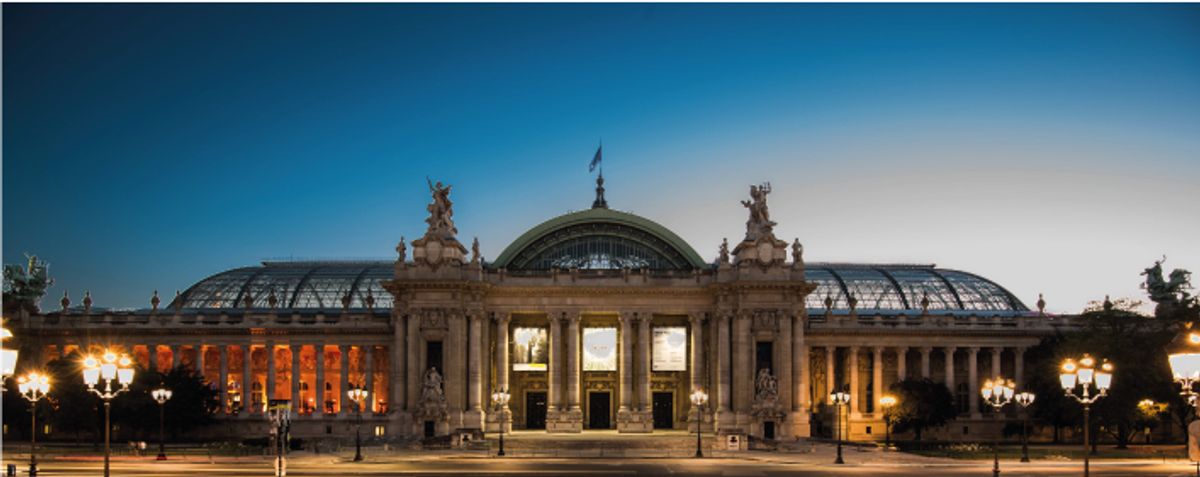Following last year’s crisis over fakes, expectations were high for the first annual edition ofLa Biennale Paris—the revamped fine art and antiques fair held at the Grand Palais until 17 September—and the opening went by with little controversy. The vetting process was ramped-up, under the auspices of two experts unions,the Compagnie Nationale des Experts (CNE) and the Syndicat Francais des Experts Professonnels en Oeuvres d’Art et Objets de Collection (SFEP). Representatives from SNA, theFrench association of antiques dealersthat organises the fair, and exhibitors were not included in the process. This resulted in the discovery of some Beltracchi fakes and even led to the retreat of one minor exhibitor. “We really worked without any pressure,” insists Bernard Castaing, the head of theCNE, but he preferred not to comment on those incidents.
Attendance to the fair, especially by Parisians just back from the summer holidays, was notably lower that previous years and far from that of Frieze Masters in London or Tefaf Maastricht. In the middle of the week, late in the day, the aisles were almost empty. The organisers did not provide attendance figures or information on sales, but the press reviews have been grim. “A Paris biennale running out of breath”, read one headline in Le Figaro. Indeed, the exhibitors and works were not very impressive. The number of works on loan from the Barbier-Mueller Collection for a special exhibition was quite small and the hanging did not make much sense.
The participants had varying assessments of the event. The London-based gallery Whitford Fine Art was “really glad to be back” after two decades of absence, and sold works by the Belgian abstract painters Joseph Lacasse and Walter Leblanc. “The fair might need a few corrections, but the basis is healthy,” said the Paris-based Oceanic art dealer Anthony Meyer, who saw new clients “from Russia and America”. TheVersaillesgallery Pellat de Villedon showed a late Louis XIV console, purchased by the decorator Jacques Garcia.
“I am sad to see this biennale’s bashing, while the fairs overseas are systematically praised,” said the Parisian dealer Sabrina Gismondi, adding the she “does not regret at all her presence”. Members of the David-Weill collecting family were seen purchasing a chest from her gallery, but Gismondi would only say: “We had a lot of interest and a few buyers”.
Representatives of London’s Richard Green Gallery and others repeated similar comments, although most declined to give any details on sales. One exception was Alexis Bordes, who said he sold a sculpture by Maillol for €12,000. “Maybe some did better, but the truth is, for most, it is not so easy,” admitted theCannes-based paintings’ dealer Dominique Hurtebize.
Dominique Chevalier, the former chairman of the SNA who was pushed into a corner of the Grand Palais, had “a very promising contact” from an institution for the main masterpiece of the fair: a series of tapestries ofMaximilian’s Hunts,commissioned by Colbert, which belonged to Bill Gates. AndLyon’s MichelDescours exhibited a spectacular Death of Abel by Sebastian Martinez Domedel, which originated from the Cathedral of Seville.
The paintings’ dealer Eric Coatalem noted that “American collectors were present, thanks to the work of our new chairman,” the press tycoon and art collector Christopher Forbes. Plus, openings in Parisian galleries and auction sales running at the same time contributed to make the biennale “a solid start for the art market in September”, Coatalem said, adding that he hoped “its renewal will wipe out the controversies”.


